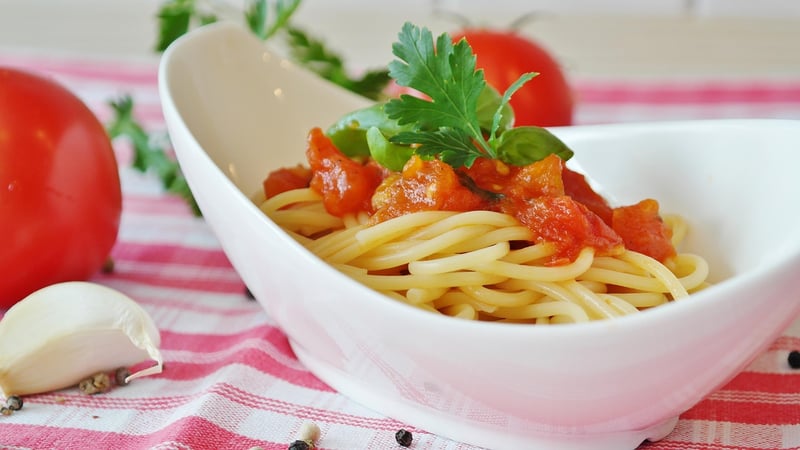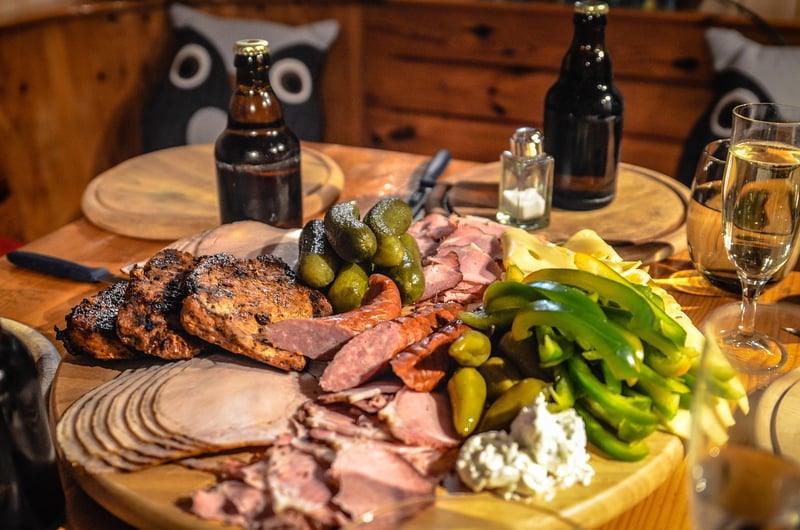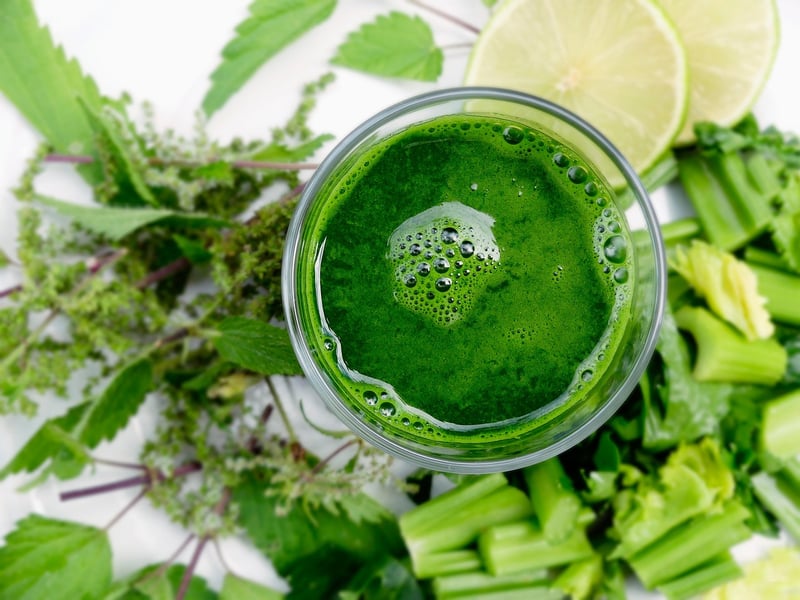Ethnic Flavors
Unlocking the Secrets of Ethnic Flavors: Key Components Revealed
Exploring the diverse world of ethnic cuisine is a journey that tantalizes the taste buds and opens up a world of flavors. Each culture boasts a unique culinary heritage, with key components that define and distinguish its dishes. Let's delve into the essential elements that contribute to the rich tapestry of ethnic flavors.
1. Spices and Herbs
Spices and herbs play a crucial role in adding depth and complexity to ethnic dishes. From the fiery heat of chili peppers in Mexican cuisine to the aromatic blend of spices in Indian curries, these flavor enhancers are the heart and soul of many traditional recipes.
2. Sauces and Condiments
Sauces and condiments are another integral component of ethnic flavors. Whether it's the umami-rich soy sauce in Japanese cuisine or the tangy tamarind chutney in Indian street food, these add-ons provide a burst of flavor that elevates the overall taste experience.
3. Grains and Staples
Grains and staples form the foundation of many ethnic dishes. From the couscous of North Africa to the rice of Asia, these staple foods are not only filling but also serve as a canvas for other flavors to shine.
4. Meats and Proteins
Meats and proteins are essential components of many ethnic cuisines. Whether it's the succulent lamb in Middle Eastern kebabs or the tender pork in Chinese stir-fries, the choice of protein can greatly influence the overall flavor profile of a dish.
5. Vegetables and Produce
Vegetables and produce add freshness, color, and nutrients to ethnic dishes. From the vibrant peppers in Mexican fajitas to the delicate bamboo shoots in Thai curries, these ingredients bring a balance of flavors and textures to the table.
6. Sweet and Savory Balance
Many ethnic cuisines strike a perfect balance between sweet and savory flavors. Whether it's the sweet and sour notes of Chinese cuisine or the blend of spices and sweetness in Middle Eastern desserts, this harmonious contrast is a hallmark of ethnic cooking.
By understanding and appreciating these key components, you can embark on a culinary adventure that celebrates the diversity and richness of global flavors. So, roll up your sleeves, sharpen your knives, and get ready to explore the world one bite at a time!





